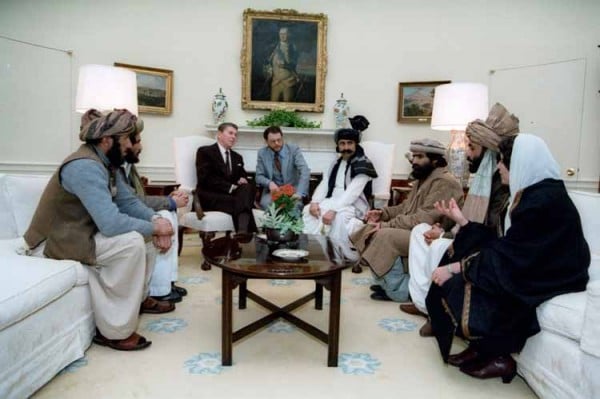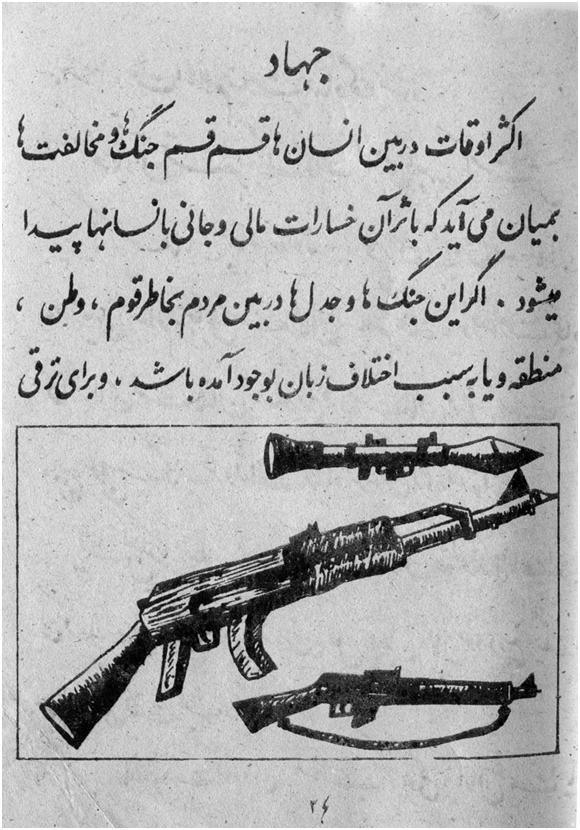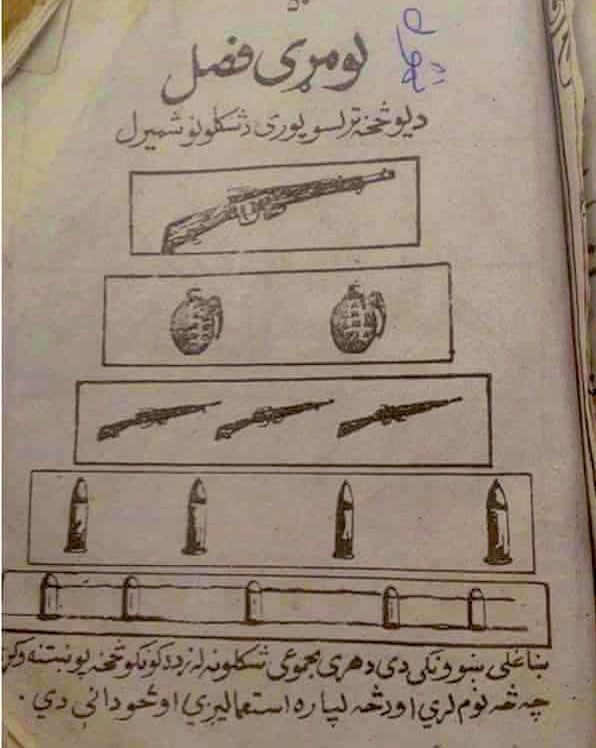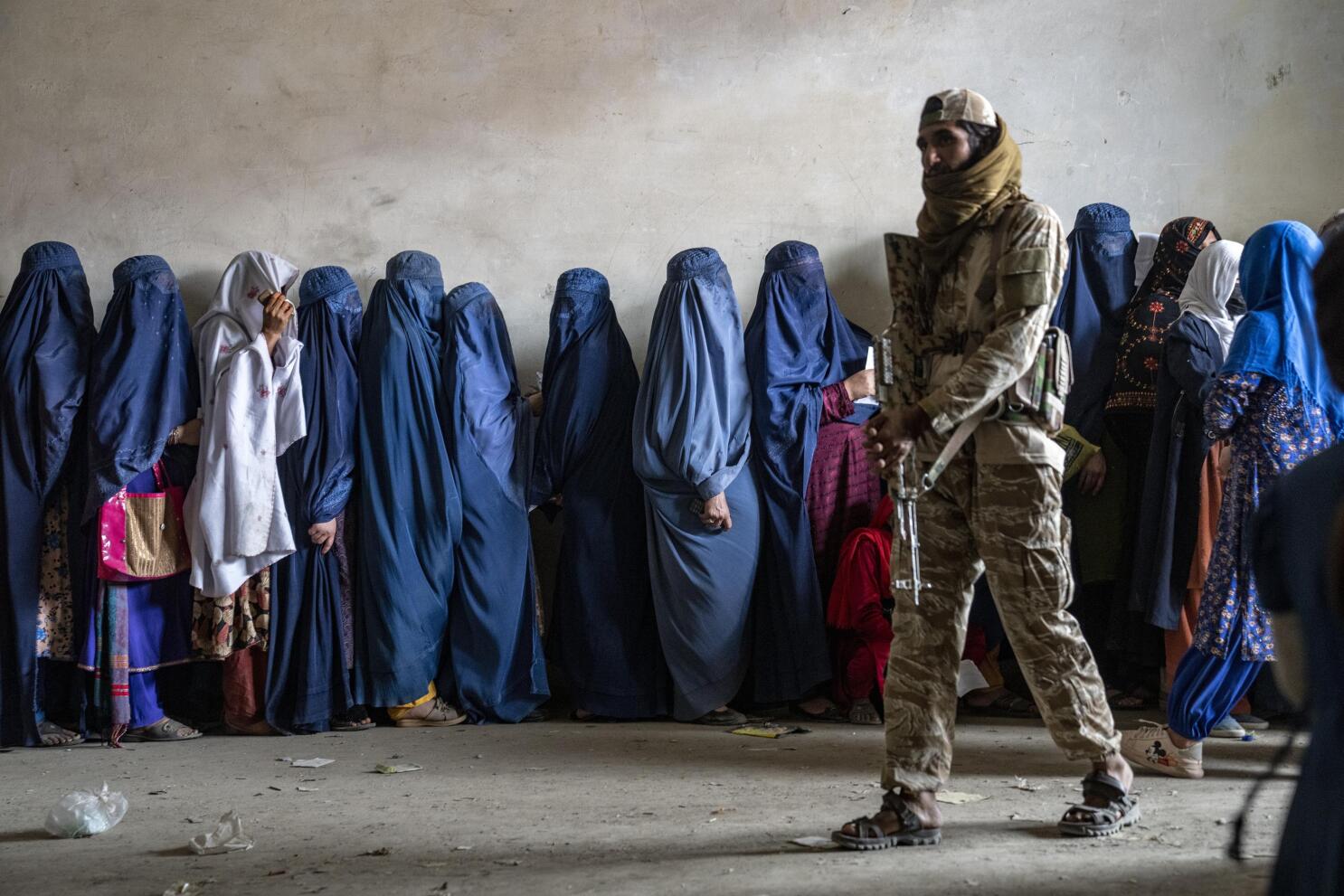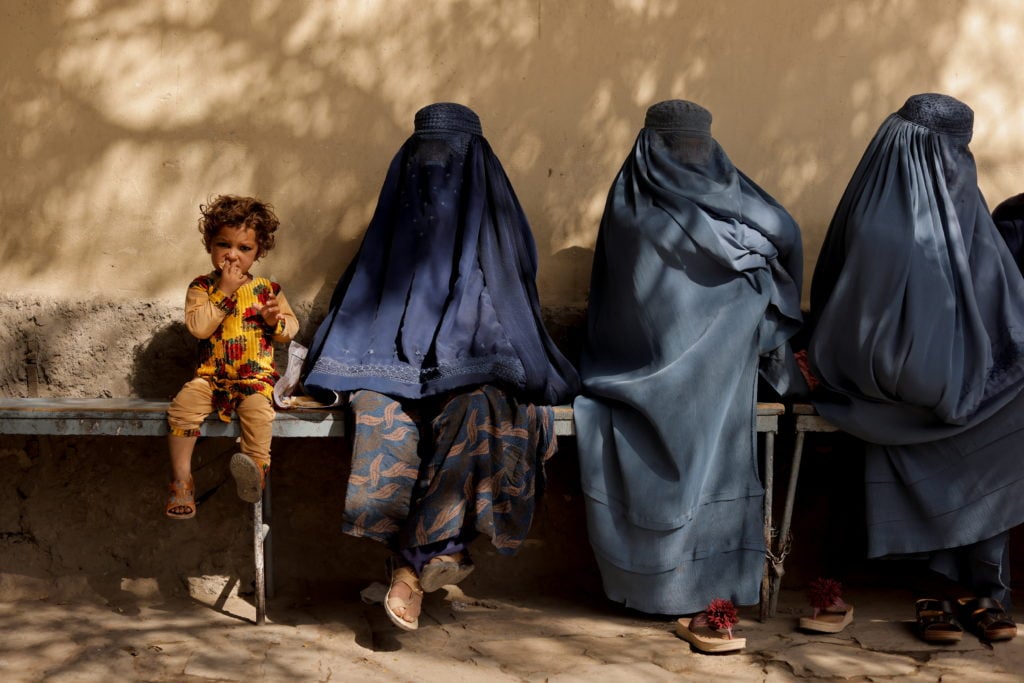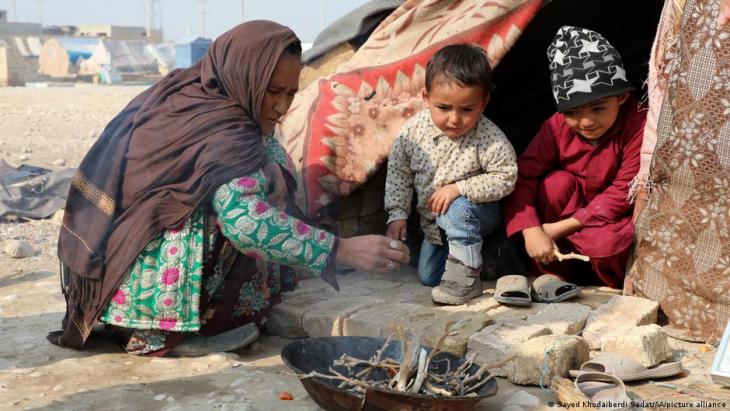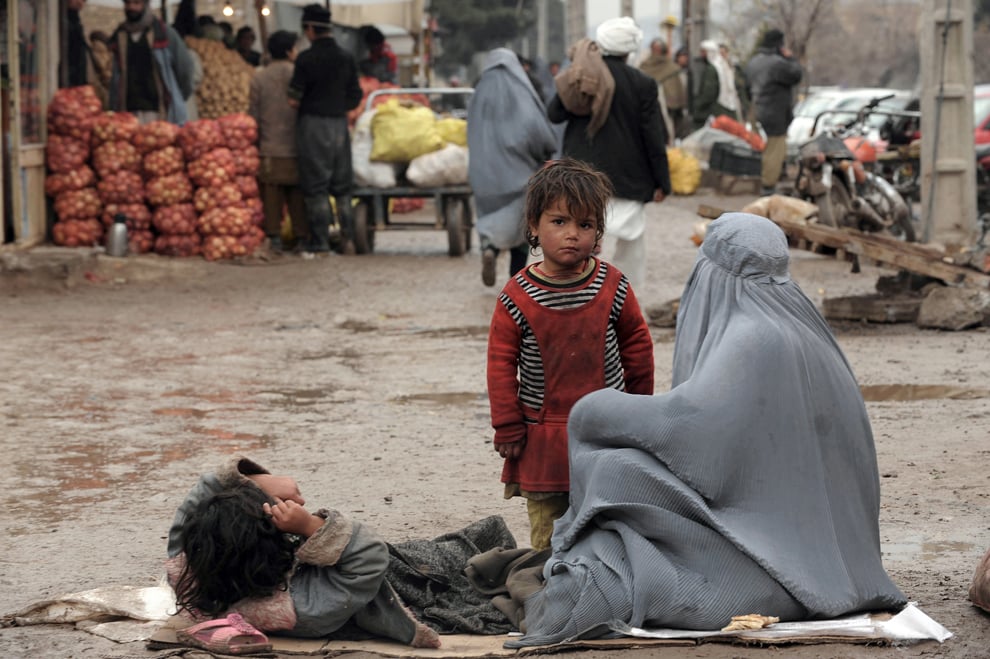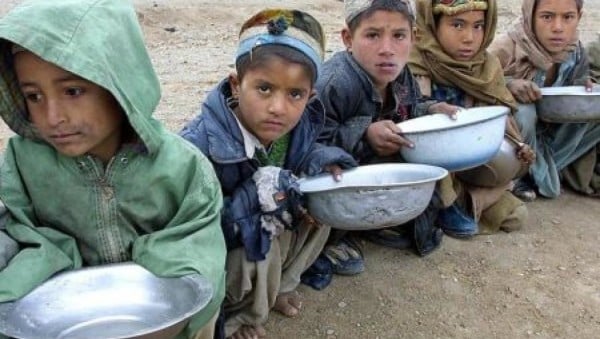America’s “Just War” against Afghanistan: Women’s Rights “Before” and “After” America’s Destructive Wars
The CIA Sponsored Islamic Insurgency (1979- )
Introduction
The NeoCons’ agenda is not to “win the war” but to engineer the breakup of sovereign nation states, destroy their culture and national identity, derogate fundamental values and human rights.
The strategic objective is to trigger political and social chaos, engineer the collapse of national economies, appropriate the countries’ wealth and resources, impoverish the entire Planet including the American Homeland.
It’s a mesh of weapons of mass destruction, covert intelligence operations, propaganda and “strong economic medicine”. The criminality of the US/NATO hegemonic agenda is beyond description.
This article focusses on Women’s Rights in Afghanistan “Before” and “After” the conduct of Washington’s “Humanitarian War” against Afghanistan, which commenced at the height of the Cold War in 1979. entitled the Soviet-Afghan War. It was a carefully planned intelligence operation.
It is preceded by a review of America’s “Just War” against Afghanistan.
The CIA was directly involved from the outset in recruiting and supporting the “Islamic brigades” including Osama bin Laden.
America’s “Just War” against Afghanistan
A second war and invasion of Afghanistan under US-NATO auspices was carried on October 7 2001, four weeks after the tragic events of 9/11.
It was defined as “A JUST WAR” by Richard Falk, renowned scholar, professor of International and Humanitarian Law at Princeton, ant-war activist and a member of the Council on Foreign Relations:
Analyzing The Evidence.
U.S. Foreign Policy in the Wake of 9/11.
Unknown to Americans, in the 1970s and early 1980s, Kabul was “a cosmopolitan city. Artists and hippies flocked to the capital. Women studied agriculture, engineering and business at the city’s university. Afghan women held government jobs”.
Kabul University early 1980s
“Prior to the rise of the Taliban [which was instrumented by the CIA], women in Afghanistan were protected under law and increasingly afforded rights in Afghan society. Women received the right to vote in the 1920s; and as early as the 1960s, the Afghan constitution provided for equality for women. There was a mood of tolerance and openness as the country began moving toward democracy.
Women were making important contributions to national development. In 1977, women comprised over 15% of Afghanistan’s highest legislative body. It is estimated that by the early 1990s, 70% of schoolteachers, 50% of government workers and university students, and 40% of doctors in Kabul were women.”(Bureau of Democracy and Human Rights, U.S. State Department, 2001, link no longer functional )
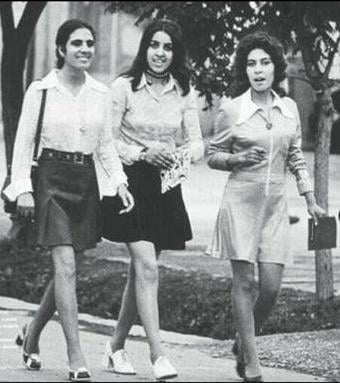
A record store in Kabul
A co-ed biology class at Kabul University
Public transportation in Kabul
University students, early 1970s
Women working in one of the labs at the Vaccine Research Center
Mothers and children playing at a city park—without male chaperones
Osama bin Laden, America’s bogyman, was recruited by the CIA in 1979 at the very outset of the US sponsored jihad.
He was 22 years old and was trained in a CIA sponsored guerilla training camp. The architects of the covert operation in support of “Islamic fundamentalism” launched during the Reagan presidency played a key role in launching the “Global War on Terrorism” (GWOT) in the wake of 9/11.
Under the Reagan adminstration, US foreign policy evolved towards the unconditional support and endorsement of the Islamic “freedom fighters”. In today’s World, the “freedom fighters” are labelled “Islamic terrorists”.
III
The Soviet-Afghan War
The Soviet-Afghan war was part of a CIA covert agenda initiated during the Carter administration, which consisted in actively supporting and financing the Islamic brigades, later known as Al Qaeda.
The number of CIA sponsored religious schools (madrasahs) increased from 2,500 in 1980 to over 39,000. USAID generously financed the process of religious indoctrination, largely to secure the demise of secular institutions and the collapse of civil society.
In the Pashtun language, the word “Taliban” means “Students”, or graduates of the madrasahs (places of learning or coranic schools) set up by the Wahhabi missions from Saudi Arabia, with the support of the CIA.
“The United States spent millions of dollars to supply Afghan schoolchildren with textbooks filled with violent images and militant Islamic teachings….
The primers, which were filled with talk of jihad and featured drawings of guns, bullets, soldiers and mines, have served since then as the Afghan school system’s core curriculum. Even the Taliban used the American-produced books ….
‘The pictures [in] the texts are horrendous to school students, but the texts are even much worse’ said Ahmad Fahim Hakim, an Afghan educator [working with] a Pakistan-based nonprofit.
An aid worker in the region reviewed an unrevised 100-page book and counted 43 pages containing violent images or passages.
Published in the dominant Afghan languages of Dari and Pashtu, the textbooks were developed in the early 1980s under an AID grant to the University of Nebraska-Omaha and its Center for Afghanistan Studies. The agency spent $51 million on the university’s education programs in Afghanistan from 1984 to 1994“, (Washington Post, 23 March 2002)
“Advertisements, paid for from CIA funds, were placed in newspapers and newsletters around the world offering inducements and motivations to join the [Islamic] Jihad.” (Pervez Hoodbhoy, Peace Research, 1 May 2005)
“Bin Laden recruited 4,000 volunteers from his own country and developed close relations with the most radical mujahideen leaders. He also worked closely with the CIA, … Since September 11, [2001] CIA officials have been claiming they had no direct link to bin Laden.” (Phil Gasper, International Socialist Review, November-December 2001)
IV
Women’s Rights, Poverty and Despair
The media casually blames this on the Taliban, without acknowledging that Islamic Fundamentalism and the koranic schools had been imposed by the CIA.
Public education was destroyed and the Rights of Women in a predominately secular society which took its roots in the 1920s were DESTROYED.
This destruction is coupled with the massive impoverishment of an entire country.

V
“Before” and “After”.
A Criminal Undertaking. Who’s Behind It?
“A once prosperous country has been precipitated into extreme poverty and despair. It’s a crime against humanity.
According to the UN, Afghanistan is currently experiencing extensive food shortages and famine.
It should be understood that this war started more than 40 years ago in 1979 with the CIA recruitment of jihadist mercenaries (Al Qaeda) funded by the trade in narcotics.
The endgame was to destroy Afghanistan as a progressive and independent nation state committed to education, culture and women’s rights.”
What the media describes as the “tyrannical policies of the Taliban” bears the footprints of the CIA which imposed Islamic Fundamentalism, while concurrently engineering the collapse and impoverishment of a progressive secular Nation State.
President Ronald Reagan issued (and signed) the National Security Decision Directive 166 (NSDD 166), which de facto authorized “stepped-up covert military aid to the Mujahideen” as well as CIA support to religious indoctrination.
The promotion of “Radical Islam” was a deliberate CIA initiative (NSDD 166) which in the wake of 9/11 has served as justification to waging a “Global War on Terrorism (GWOT) in the Middle East, Central Asia, Southeast Asia and sub–Saharan Africa.
Our Thoughts are with the People of Afghanistan.⍐
________________________________________________________________


